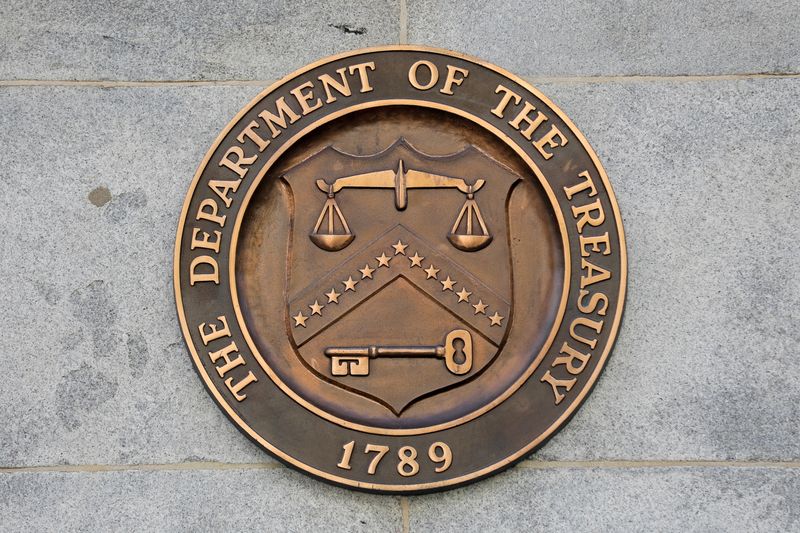Micron to exit server chips business in China after 2023 ban- Reuters
Investing.com-- U.S. Treasury yields rose sharply on Wednesday, tracking a broad slump in bond prices as investors feared the economic fallout of President Donald Trump’s increased trade tariffs.
The yield spike also came amid some speculation that China was dumping a large portion of its Treasury holdings in an effort to drive up yields and increase local liquidity.
The 2-year Treasury yield rose 0.9% to 3.773%, rebounding from a near three-year low. Longer-dated yields saw bigger increases. The 5-year yield jumped 3.5% to 4.047%, while the benchmark 10-year yield surged 4.7% to 4.456%.
The 30-year yield jumped 5.4% to 5.969%, and was on the cusp of crossing 5% and reaching a 17-month high.
Yields soared just after Trump’s sweeping reciprocal tariffs against major global economies took effect, with China slapped with a staggering 104% levy. Trump also outlined "reciprocal" tariffs against a swathe of major economies, specifically those with which the U.S. holds large trade deficits.
Trump claimed that the tariffs were aimed at correcting allegedly unfair trading practices against the U.S., and would bring more manufacturing back to the country. Trump on Tuesday also said that tariffs on pharmaceuticals were coming soon.
Drastic shifts in Treasury yields reflected heightened concerns over the economic fallout of Trump’s tariffs, which are widely expected to be borne by U.S. importers. They could then be passed on to consumers, underpinning inflation and undermining growth.
Institutional investors were also seen selling bonds to cover losses in other assets classes, particularly risk-driven markets such as equities.
Speculation over whether the Federal Reserve will cut interest rates to offset the economic impact of tariffs also sparked wild swings in bond markets.
Yields had initially collapsed in the run-up to this week, as markets bet that the Fed will cut interest rates sooner to offset headwinds from Trump's tariff policies. But they swiftly rebounded from recent losses, amid speculation over just how much headroom the Fed will have to cut rates, given that the tariffs are also expected to increase domestic price pressures.
